Rocket Lab Announce Possible 2024 Venus Life Finder Launch
31st Oct 2023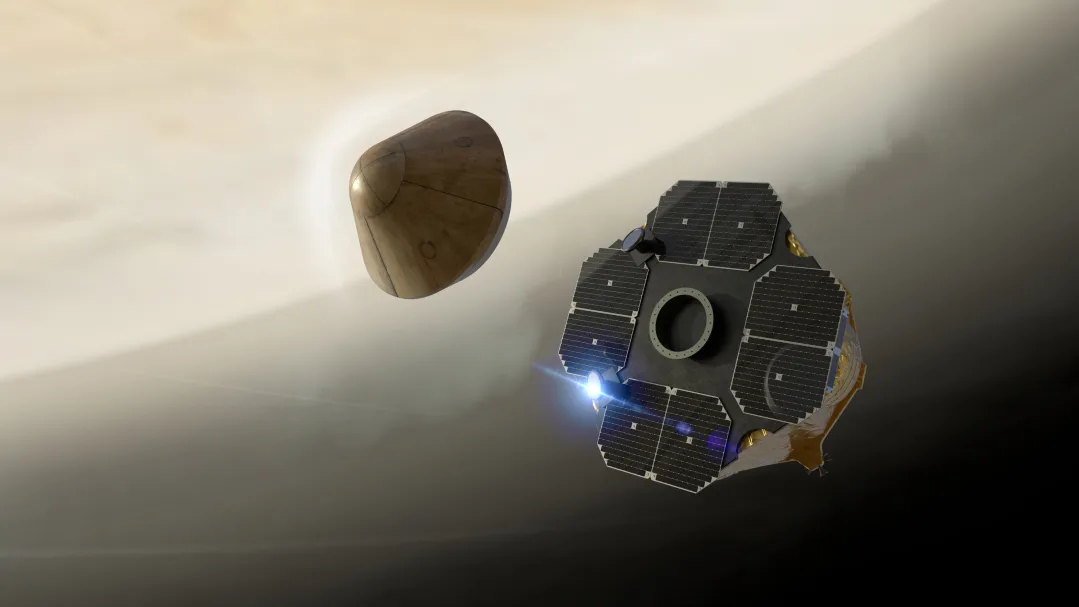
Rocket Lab has set a launch date for its Venus Life Finder (VLF) mission. Speaking at a Venus Exploration Analysis Group conference, the company announced they should be ready to launch before 30th December.
The rocket responsible for delivering the VLF probe, Rocket Lab’s Electron, previously experienced a post-launch anomaly which grounded the spacecraft. However, on 25th October, Rocket Lab received authorisation from the Federal Aviation Administration to resume flights. Now that permission to continue Electron flights has been granted, Rocket Lab can set its sights on finding life on the once habitable planet.
The VLF missions, Led by the Massachusetts Institute of Technology (MIT), will explore whether Venus once hosted life before the planet became uninhabitable. Through three separate missions, a series of probes will be deployed to Venus’s lower atmosphere. From there, they will collect “supporting evidence of organic compounds in the cloud layer” which Rocket Lab said are “traces of life”.
Rocket Lab’s Venus Life Finder Mission
The privately financed mission is the first of its kind. While Rocket Lab noted that “30 other Venus missions have been undertaken”, they were all government-funded. But this time round, “Rocket Lab’s will be the first private exploration of the planet.” Initially scheduled for 2023, the launch is now expected to take place in late 2024.
According to an MIT study, the first mission will use Rocket Lab’s Electron launch vehicle and small Photon spacecraft. Following a successful launch, Rocket Lab will deliver the VLF probe to a 30-mile altitude in Venus’ lower atmosphere. The US launch provider said this is where ‘Venus’ atmospheric conditions are similar to Earth’s.
MIT added that their scientific goal is to identify Mode-3 particles in Venus’ cloud layer. These organic compounds could allude to the possible presence of life-forming elements. However, MIT said it would not be a definitive indication. Nevertheless, they did say that should the particles, when subject to UV light show strong fluorescent signals, they will more than likely be: “microbial-type life residing inside the cloud particle”.
VLF Habitability Mission
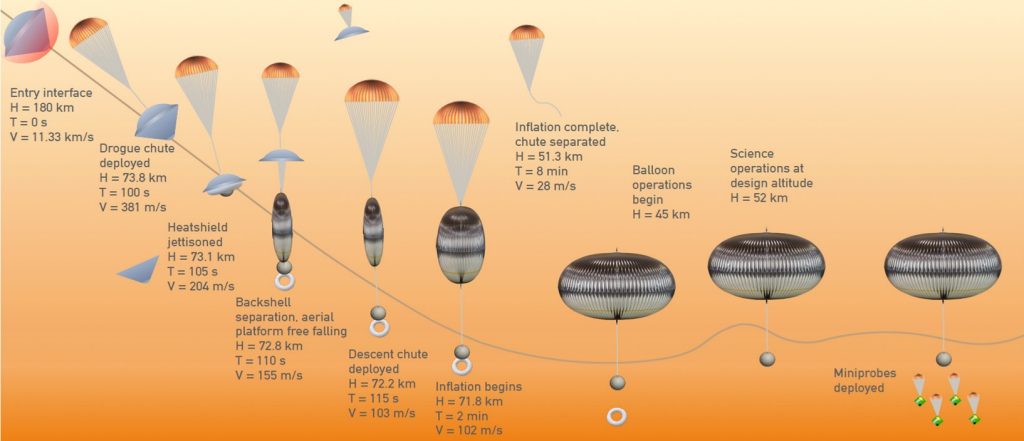
MIT said their second mission, labelled: VLF Habitability, will drop a 4m fixed-altitude balloon into Venus’ cloud layers. Using a range of compact instruments, the balloon will collect more habitability samples over a one to two-week period. The balloon will operate at an altitude of 42 km, which is “where the temperature is more habitable,” MIT said. Samples obtained during Rocket Lab’s VLF mission and the VLF Habitability mission will be observed in space through an ‘Autofluorescing Nephelometer’ instrument.
VLF Atmosphere Sample Return Mission
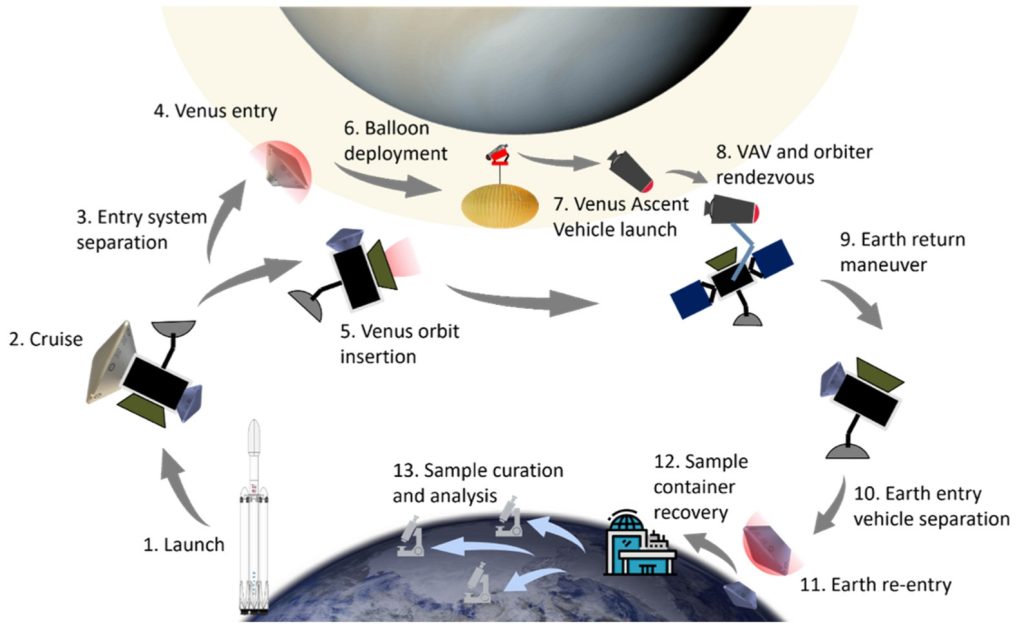
The third mission, VLF Atmosphere Sample Return, will procure a one-litre gas sample and a small amount of cloud particles. Once collected, the samples will be returned to Earth and studied by scientists in on-ground laboratories. MIT said this final mission will be informed by Rocket Lab’s initial VLF mission but added that a returned sample will afford scientists a more indicative sign of life.
Why Is Venus Believed To Have Been Able To Support Life?
A NASA Goddard Institute for Space study reported that Venus once held prime conditions for life. This is due to low ocean levels existing approximately three billion years ago. These findings suggest that the planet’s temperatures were once 15 to 50 degrees Celsius. However, Rocket Lab said a resurfacing event roughly 700 million years ago caused carbon dioxide to permeate Venus’ atmosphere. This is what made Venus the planet we know today: hostile and inhospitable, with temperatures upwards of 537 degrees celsius.

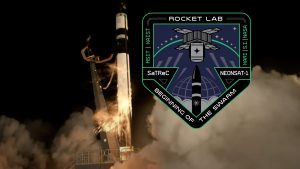
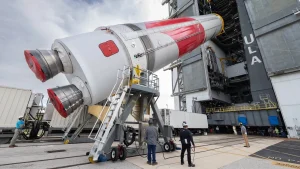


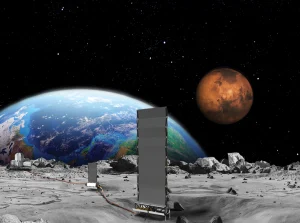

Thank you for your comment! It will be visible on the site after moderation.